Today’s new age of social media and the way that we rapidly share information has created a pandora’s box for mass misinformation and hysteria. Even as you the reader had navigated the internet and found this essay there were probably exposed to multiple messages that displayed on your screen that were trying to tell you exactly how you should feel about “X” and “Y” topics. For anyone who has spent any time on our social network, whether that be on Instagram, Facebook, Twitter, or any social media where you can share whatever you want online, you may have noticed that it has started to become increasingly political in recent years in the face of the many crises that have struck. This should not come as a surprise to anyone, as mentioned before we are constantly being exposed to sources that have done every bit of heavy lifting for us already, your favorite commentator, news host, or internet personality has already done all the thinking for you. Our only job as the last cog of the machine is to regurgitate all of this information and pretend that we had come to these conclusions all by ourselves. This whole process is operating by design, it’s the mass media machine that people forget about because we are in a ‘modern’ society. Democracy doesn’t allow for dictators, we can just vote them out as the people are all powerful free thinkers. However, the underlying mass media we rely on for information knows exactly what they are doing when they spread propaganda, however today it goes by a different name now, fake news.
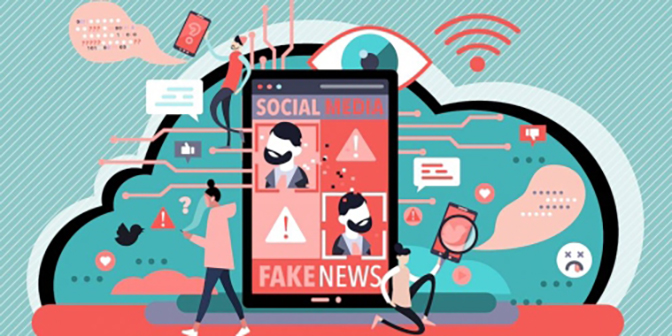
Propaganda is just as powerful of a tool as it was during the world wars and the rise of fascism. Propaganda is a mechanism that slowly drip feeds you the information that you want to hear, it is a set of communication strategies that try to confuse you and sow distrust and uncertainty. It makes it impossible for you to think critically, and historically persecuted those who did. Charismatic leaders have used their strong image as the embodiment of modernity, and they make themselves the reflection of the people. They gain the ability to sell you anything they say as the truth and can persuade you to think anything they say as reality. Dictators like Benito Mussolini used propaganda effectively to prop himself up as the symbol of permanent revolution that would restore order to the world. Over the course of a few decades Italy was transformed from a constitutional monarchy to with Mussolini at the head of the state. He used reputation of character, mottos, and developed the Cult of Duce, or Cult of the to create an idealized version of himself. Fascist propaganda aimed to completely take over the daily lives of the people by organizing under the very watchful eye of fascism. Even in the west, our leaders used propaganda to make themselves appear as one of the greats. Every interview of former president Donald Trump has spent every minute in the spotlight since his election loss by continuing to play his greatest hit, you cannot get him to stop talking about how great he was and how the ideal America he built is no longer now that he is no longer in power. Despite your opinions of Trump, you cannot deny that he has propped himself up with the same character traits that Mussolini used to build their image.
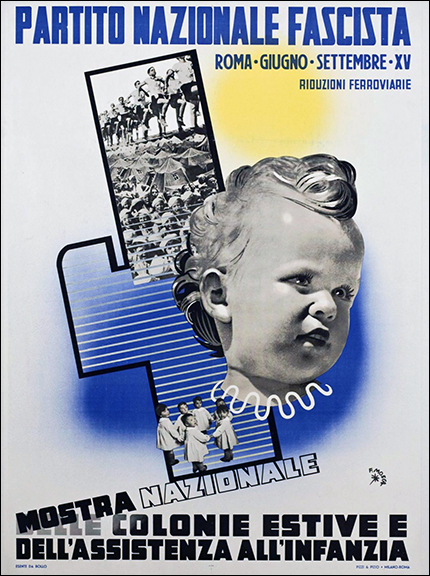
Today’s propaganda machine is different in the ways that we use to communicate. The old leaders had posters and statues to spread their message while today our leaders can send live tweets into the massive world of social media. Within minutes of air raids in Syria or Ukraine there will be twitter posts showing live footage of buildings being shelled. We are literally livestreaming wars in this new age of technology. For example, on Facebook there was a video being shared around footage that shows what appears to be a MiG-29 Fulcrum flying ace occupying the air space over Kyiv with claims that accredited the mysterious fighter with shooting down six Russian planes. While the video served as a good morale boost to Ukrainian people, upon further investigation it turned out the video footage came from the videogame Digital Combat Simulator World, which has since been confirmed by a spokesman. Despite the morale boosts, this video is an eerie reminder that war footage is very easy to manipulate and can travel far reaching the hearts of thousands. This can be used to spread mass hysteria and confuse the populations of the current reality. This is just one example of how easy it can be for social media to be used in incredibly dangerous ways. On the Russian side, we see propaganda coming directly from the Kremlin and making its way even into western outlets depending on where you are looking. We repeatedly hear Putin say things like “Russia and Ukraine are one people” to further justify actions that only escalate conflict between the two states. We never hear the Russian media use the words ‘invasion’ or ‘war’ and instead use terms that are less severe like ‘special operations’. A Reuters article from the west even dancing around charged words with the headlines “Putin orders Russian forces to ‘perform peacekeeping functions’ in eastern Ukraine’s breakaway regions.” This was a headline that was run during the start of the invasion which we now know has nothing to do with peacekeeping and just a justification to cross into the ukrainian territory and is now occurring all over Ukraine and not just isolated to the seperatist backed regions of Donetsk and Luhansk.
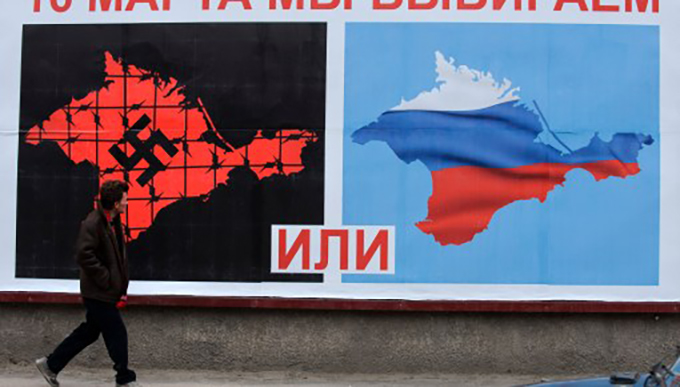
The mass media serves in this way even without being controlled by the state. American philosophers Noam Chomsky and Edward S. Herman explains this theory in their book Manufacturing Consent with his propaganda model, which is also based off Antonio Gramsci’s theory of hegemony. They describe propaganda as a very important aspect of the function of the mass media to serve the hegemonic interests of the very large and powerful groups such as the governments and global corporations. The media does not overtly disseminate propaganda; however they are sympathetic to government policies and corporate decisions in which they tend to be favored. They tend to marginalize the dissenting voices by reporting concerns at face value without analyzing them with a wider scope to factor in economic, social, and historical factors that shape international affairs. It is through this self-censorship that grants consent to whatever world leaders say.
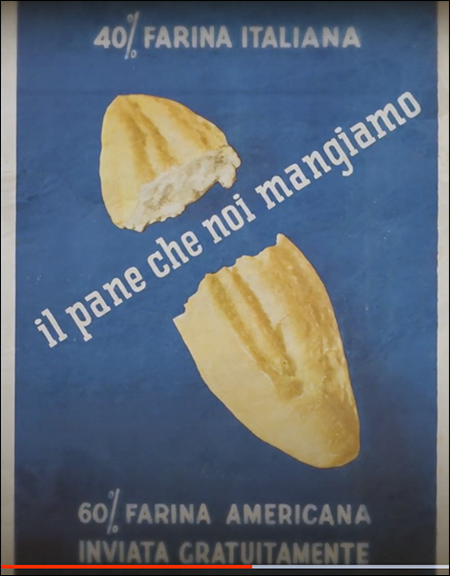
The propaganda strategy remains the same today under democratic organization as it did under the rise of fascism during World War II. If anything, today it has only been expanded greatly through our connected social media web that allows the sharing of information in just a few seconds. It becomes almost impossible to rule out misinformation with reported facts which can be dangerous to all parties involved. And when facts are reported, they are absent from other opinions and that provide the very important context that is crucial to analysis. Propaganda relies on this misinformation to grant consent and leaders use this system to gain power and serve their own self interests.
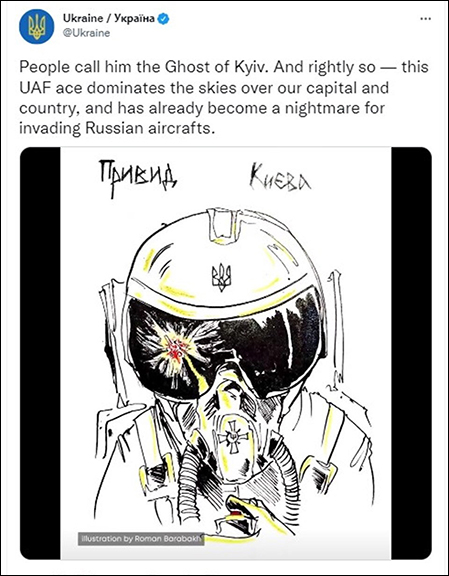
Additional Resources:
Herman, Edward S., and Noam Chomsky. Manufacturing Consent: The Political Economy of the Mass Media. New York: Pantheon Books, 2002. Print.
Person. (2022, February 22). Putin orders Russian forces to “perform peacekeeping functions” in Eastern Ukraine’s breakaway regions. Reuters. Retrieved March 25, 2022, https://www.reuters.com/world/europe/putin-orders-russian-peacekeepers-eastern-ukraines-two-breakaway-regions-2022-02-21/
Kruk, Vlad. Ghost of Kiev. Facebook video, 25 Feb. 2022, https://www.facebook.com/1318335796/videos/368942231712204/
Nick Munafo is a graphic design major with a penchant for chess, international political history & theory, and North London’s football club Arsenal. In his spare time, he dedicates time to screen printing and playing a bit too much Pokémon Legends: Arceus.


